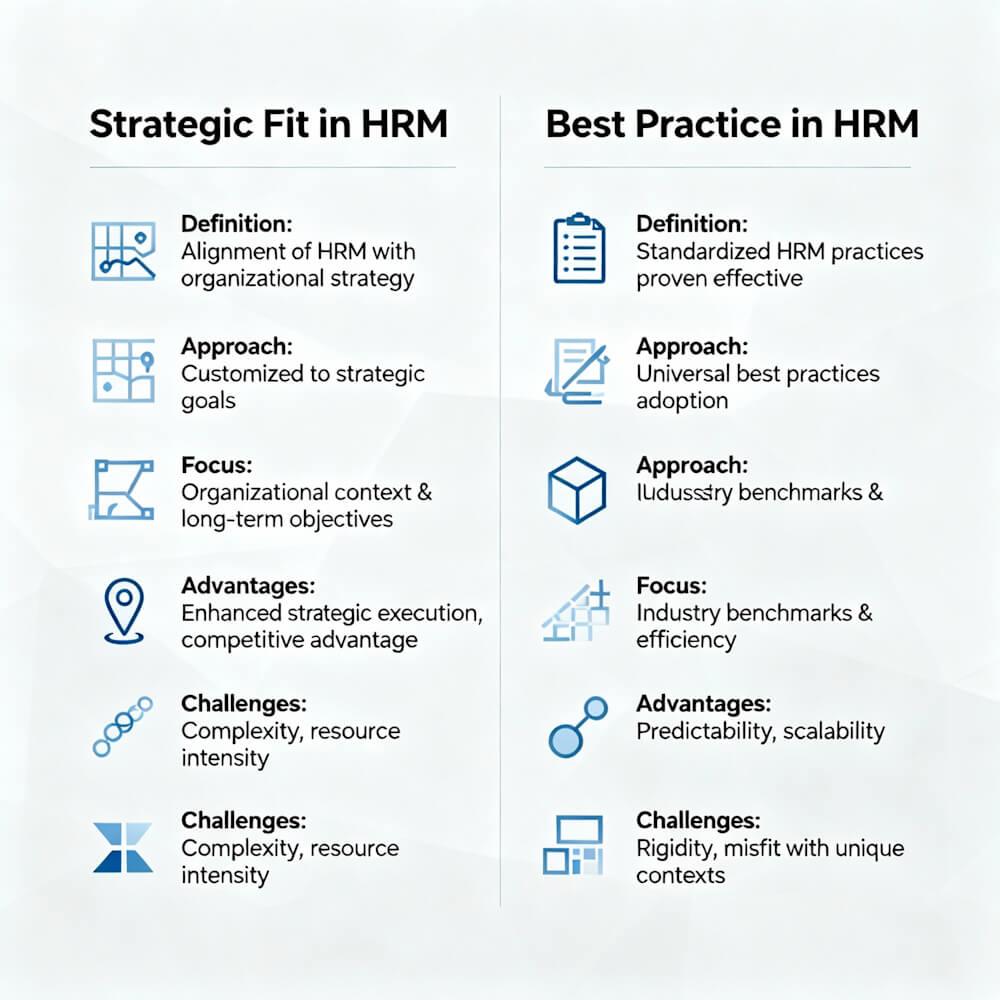In the absence of a human resource plan, it is very difficult to provide managers with the right kind of people at the right time. With adequate and effective planning, human resource managers can develop appropriate strategies that are necessary to maintain and improve the organizational capacity, such that it can reach its goals.
The need for human resource planning can, thus, be assessed from the following points:
Labour turnover: There is always labour turnover in every organization. The degree of labour turnover may vary from concern to concern but it cannot be eliminated. There will be a need to recruit new persons to take up the positions of those who have left the organization. If the concern can forecast turnover rate precisely, then advance efforts can be made to recruit and train persons so that work does not suffer for want of workers.
Training of replacement workers: A large number of persons are needed to be replaced in the organization because of voluntary turnover, retirement, old age, death, etc. There will be a need to prepare persons for taking up a new position in such contingencies.
Expansion plans: Whenever there is a plan to expand or diversify an organization, more persons will be required to take up new positions. Human resource planning is essential under these situations.
Technological changes: Businesses today are working under a rapidly changing technological environment, wherein strategic elements like production technologies, marketing methods and management techniques are undergoing extensive changes. Their effect has been profound on the job contents and job contexts and there may be a need to give fresh training to personnel to keep up with these changes. In addition,
there may also be a need to infuse fresh blood into the organization. Human resource planning will help in meeting the new demands of the organization.
These changes have also caused problems relating to redundancies, retention and redeployment. All these suggest the need to plan manpower needs intensively and systematically.
Assessing needs: Human resource planning is also required to determine whether there is any shortage or surplus of persons in the organization. If there are fewer people than required, it will adversely affect the work. On the other hand, if more persons are employed than required, it will increase the labour cost of the organization. Human resource planning ensures the employment of a proper workforce.
Combating unemployment: Though in general, the number of educated unemployed is on the rise, there is an acute shortage of a variety of skills. This emphasizes the need for more effective recruitment and employee retention.
Skill Shortage: Unemployment also does not mean that the labour market is a buyer’s market. Organizations generally become more complex and require a wide range of rare specialist skills. A problem arises in an organization when employees with such specialized skills leave.
Keeping up with demographic changes: Well-trained HR planners are essential in helping organizations keep up with the changing profile of the workforce in terms of age, sex, literacy, technical inputs and social background.
Governmental influences: Government control and changes in legislation about affirmative action for disadvantaged groups, improving working conditions and hours of work, restrictions on women and child employment, recruitment of casual and contract labour, etc. have created a need for systematic HRP in organizations.
Managing the impact of pressure groups: Pressure groups like unions, politicians or persons displaced from land by giant enterprises can build pressure on organizations to implement practices like internal recruitment and promotion, preference to employees’ children, compensating displaced persons, preferring sons of soil etc. Systematic HRP can be an effective tool to address these.
Systems approach: The spread of system thinking and the advent of the macro computer as part of the ongoing revolution in information technology emphasise planning and newer ways of handling voluminous personnel records







